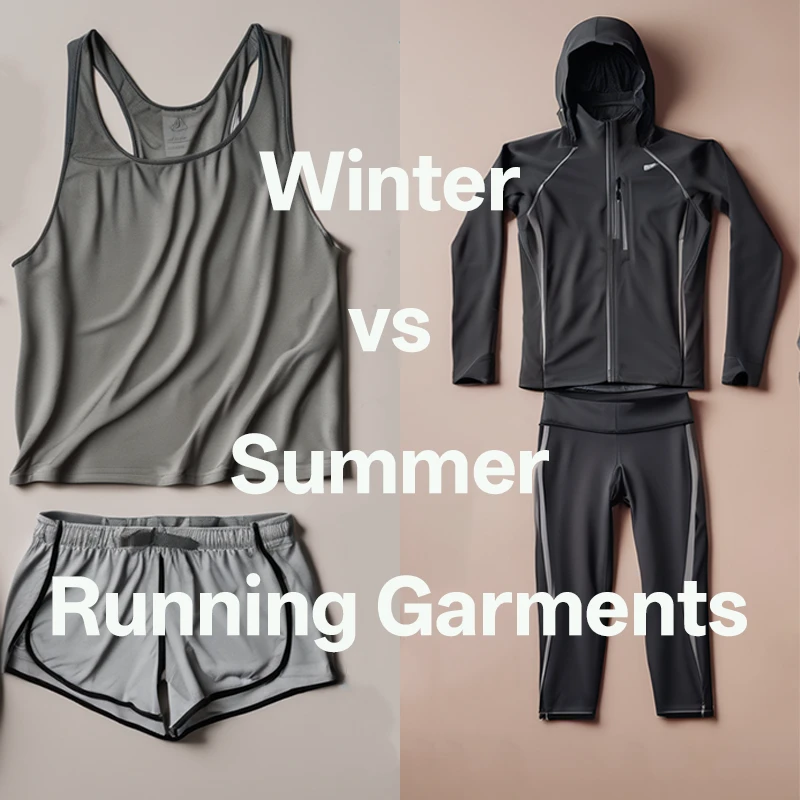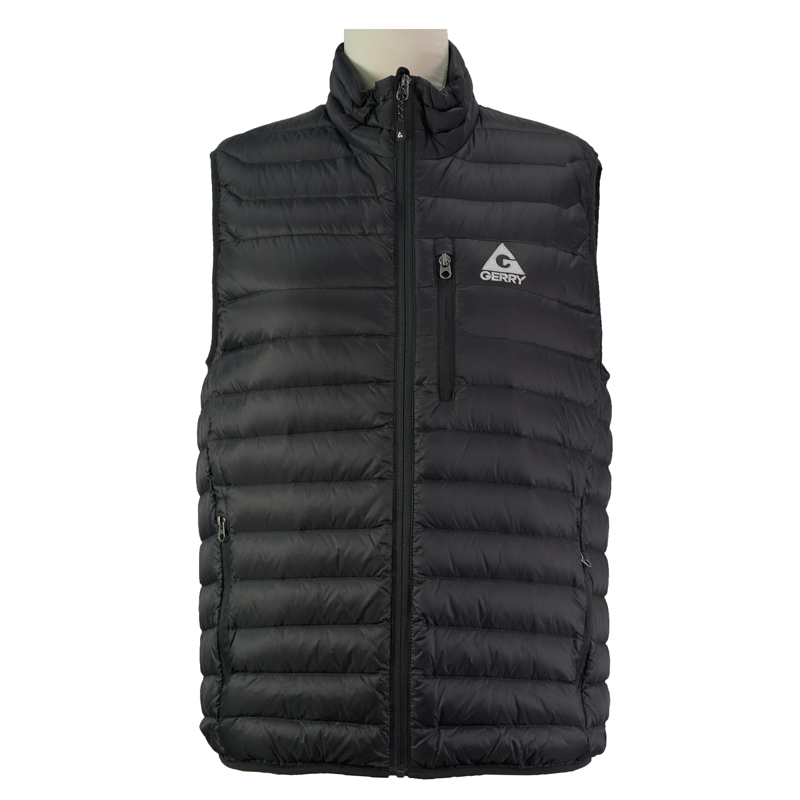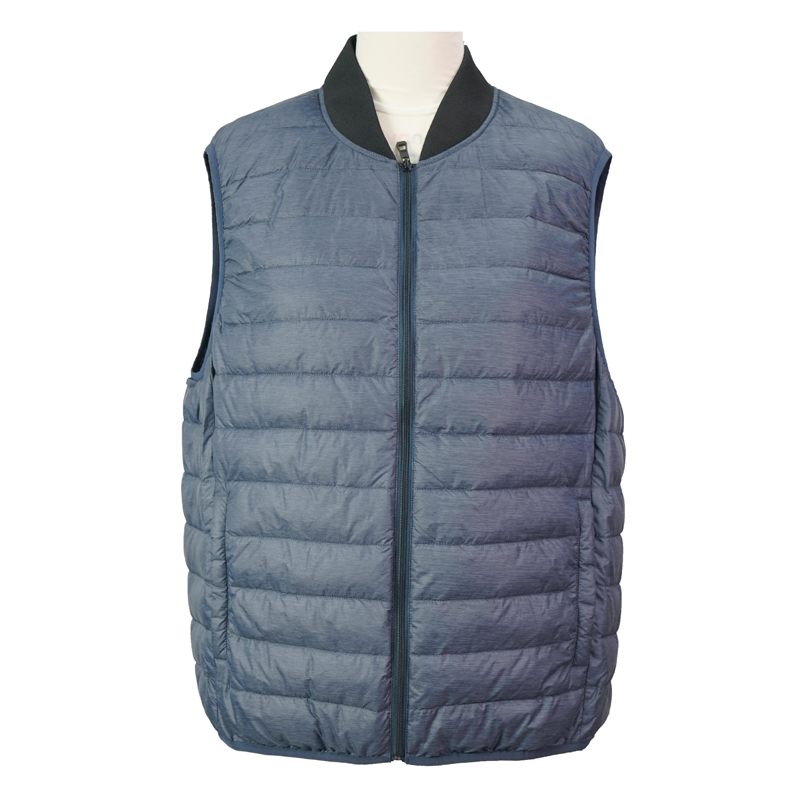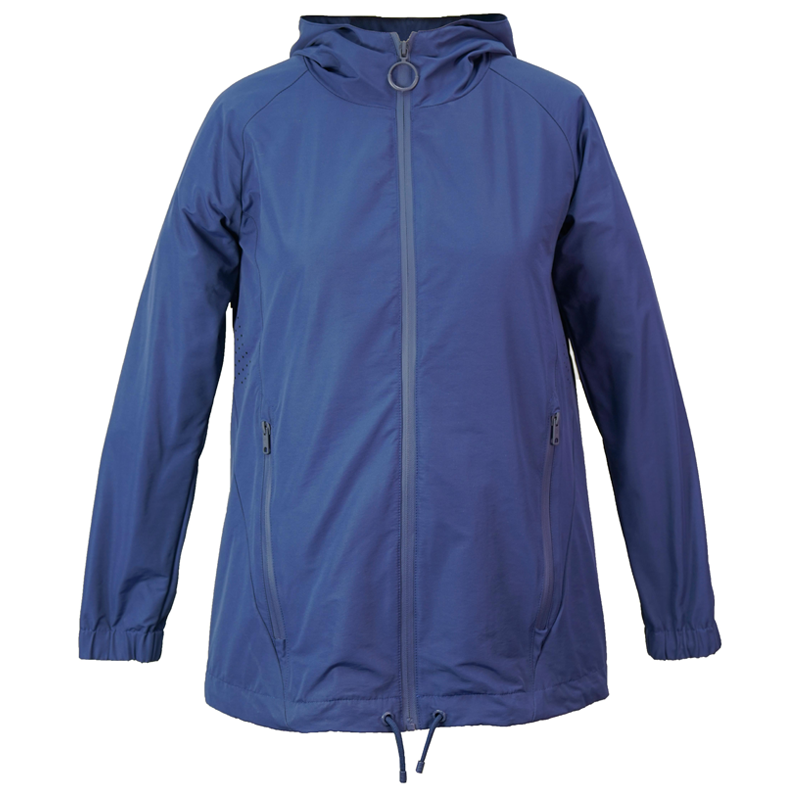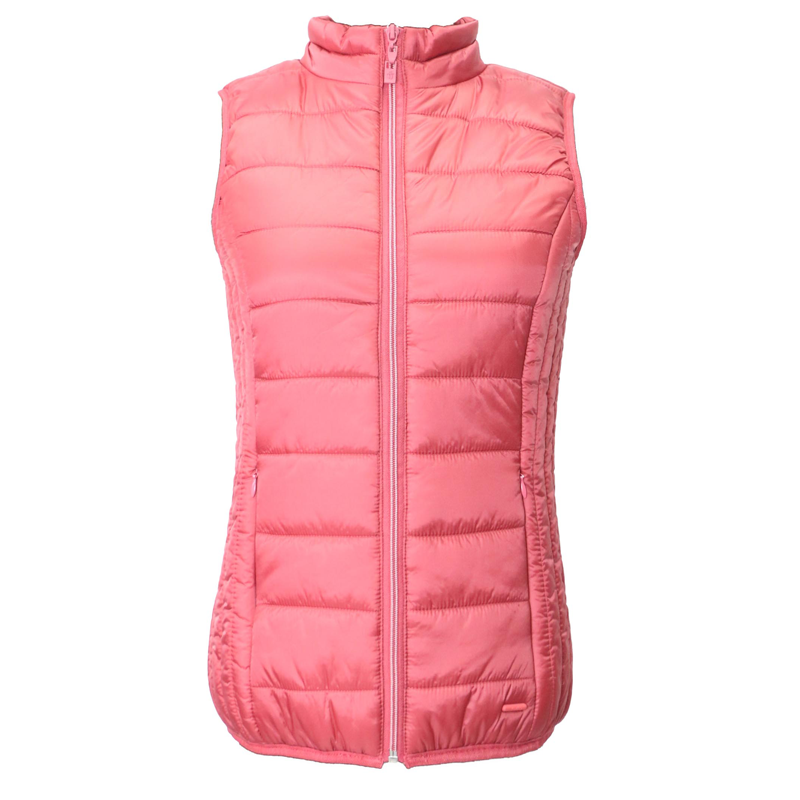When it comes to running, the time of year can be the silent architect behind every stride, breath, and drop of sweat. What you wear in the icy winds of January is wildly different from the breezy comfort needed in July. Winter and summer running garments are not just seasonal fashion statements – they are performance tools, safety gear, and, in many ways, a runner’s invisible armor. This article digs deep into the contrasting functions, materials, and technological innovations in winter versus summer running apparel, enriched by real data and industry insight.
The Core Differences: Functionality and Fabrication
At the core of seasonal running gear lies one fundamental difference: the purpose. Summer garments aim to keep the body cool, wick away sweat efficiently, and protect against UV exposure. Winter garments, on the other hand, focus on thermal insulation, wind resistance, and moisture management to prevent hypothermia or frostbite. These priorities shape everything from fabric choice to garment construction.
Table 1: Key Functional Differences Between Winter and Summer Running Apparel
| Feature | Winter Garments | Summer Garments |
|---|---|---|
| Primary Purpose | Retain warmth | Promote cooling |
| Fabric Type | Fleece-lined, wool blends, thermal synthetics | Lightweight mesh, moisture-wicking polyesters |
| Breathability | Moderate to low | High |
| UV Protection | Often minimal | Often embedded (UPF ratings) |
| Fit | Snug for layering | Loose for airflow |
| Typical Add-ons | Hoods, thumbholes, wind flaps | Mesh panels, reflective details |
Material Science: More Than Just Fabric
Modern textile innovation has turned running gear into a marvel of science. According to a 2023 report from the Global Textile Performance Survey, 78% of runners reported improved comfort and performance with season-specific apparel. This shift is largely due to advances in moisture transport systems and thermal regulation fibers.
Winter Garments often feature materials like:
Polartec Power Grid: Designed to trap heat while remaining breathable.
Merino Wool: Naturally antibacterial and excellent at insulating even when damp.
Softshell laminates: Combine water resistance with windproofing.
Summer Garments, conversely, leverage:
Coolmax and Dryfit fabrics: Engineered for fast-drying and breathability.
Ventilated mesh zones: Enhance airflow and body cooling.
Seamless construction: Minimizes chafing under sweaty conditions.
Table 2: Fabric Technology Comparison
| Fabric Type | Used in Season | Key Benefits |
| Merino Wool | Winter | Heat retention, odor resistance |
| Polyester Mesh | Summer | Breathability, lightness |
| Polartec Fleece | Winter | Insulation with stretch |
| DryFit/Coolmax | Summer | Sweat-wicking, fast-drying |
| Softshell Laminates | Winter | Wind and water resistance |
Performance Impact: It’s More Than Just Comfort
Garment choice directly impacts performance, especially across temperature extremes. Studies from the Journal of Sports Apparel Science indicate that improper clothing can reduce running efficiency by up to 12% in winter and 9% in summer due to poor thermoregulation.
Think of it this way: overheating in summer can cause dehydration and early fatigue, while being underdressed in winter can compromise muscle flexibility and increase the risk of injury. Your garments aren’t just about style – they’re your physiological buffer against environmental extremes.
Psychological Edge and Aesthetic Utility
There’s also the often-underestimated mental angle. Wearing gear that looks good, fits well, and feels right enhances confidence. That snug compression layer in winter or feather-light tank in summer might just nudge your mental state toward performance. According to a consumer insight study conducted by Sports Gear Alliance in 2022, 61% of runners admitted their choice of garment had a psychological impact on motivation.
This mental-physical interplay explains the rise of multi-season collections by leading garment manufacturers. And here’s where JIANGSU OVERSEAS FAREAST INDUSTRIAL CO., LTD. enters the race.
JIANGSU OVERSEAS FAREAST INDUSTRIAL CO., LTD.: Apparel that Adapts to You
Since 2016, JIANGSU OVERSEAS FAREAST INDUSTRIAL CO., LTD., a core member of the prestigious JOC Group, has redefined textile and garment exports. We don’t just produce clothing; we engineer solutions for athletes and active lifestyles, whether they're sprinting through a monsoon or scaling frosty peaks.
With a state-of-the-art design center and over 400 technical professionals, our self-owned factory delivers 80,000 garments a month, with BSCI and WRAP certifications ensuring ethical and sustainable production. Internationally, we operate in Vietnam, Myanmar, and Cambodia with over 4,000 skilled staff, providing a staggering annual output of 10 million garments.
Whether it's insulating winter tights or ultra-light summer singlets, our apparel merges technical innovation with global design insights, allowing wearers to perform their best – regardless of the weather.
Smart Layering: A Science and an Art
Understanding how to layer garments is a subtle yet powerful edge. Runners must consider:
Base Layer: Directly touches the skin, should wick moisture.
Mid Layer (winter only): Provides insulation.
Outer Layer: Shields from wind/rain/snow.
In summer, this hierarchy simplifies, often eliminating the mid or outer layer. However, light windbreakers or UV-protective tops can still serve a function in cooler early mornings or unpredictable climates.
Table 3: Optimal Layering Strategies
| Weather Condition | Layering Strategy | Recommended Garment Features |
| Cold & Dry | 3 layers | Thermal base, fleece mid, windproof shell |
| Cold & Wet | 3 layers | Waterproof outer shell, sealed seams |
| Warm & Humid | 1-2 layers | Breathable mesh, anti-chafing seams |
| Mild | 1 layer | Light synthetic top, UV protection |
Maintenance Matters: Prolonging Lifespan
Summer and winter garments have different care requirements. High-performance synthetics used in summer gear can degrade with high-heat drying, while winter materials like wool need gentler washes. A 2022 apparel durability audit from Textile Maintenance Weekly showed that correct washing extended garment life by 23% on average.
Looking Ahead: Climate and Clothing Futures
As global weather patterns shift and runners face more erratic seasonal conditions, apparel design will continue to evolve. Expect more hybrid garments that combine season-spanning features – like thermoregulating smart fabrics or self-cooling threads.
JIANGSU OVERSEAS FAREAST INDUSTRIAL CO., LTD. is already investing in R&D that prioritizes sustainability without compromising performance. We're exploring next-gen materials that are not only environmentally conscious but also intuitive to the runner’s needs.
Final Thoughts: It’s a Performance Partnership
Choosing between winter and summer running garments is more than checking the weather app – it's a dance of comfort, technology, psychology, and performance. As fabrics become smarter and garment design more intentional, runners can expect gear that feels less like clothing and more like an extension of their own bodies.
With decades of expertise and a forward-thinking ethos, JIANGSU OVERSEAS FAREAST INDUSTRIAL CO., LTD. remains committed to clothing the world’s athletes in gear that's as adaptable and resilient as they are. Wherever your running journey takes you – blistering summer tracks or snow-blanketed trails – make sure your garments are working with you, not against you.
For garment solutions that fuse function and fashion across seasons, we welcome you to connect with us and explore the difference real innovation makes.
